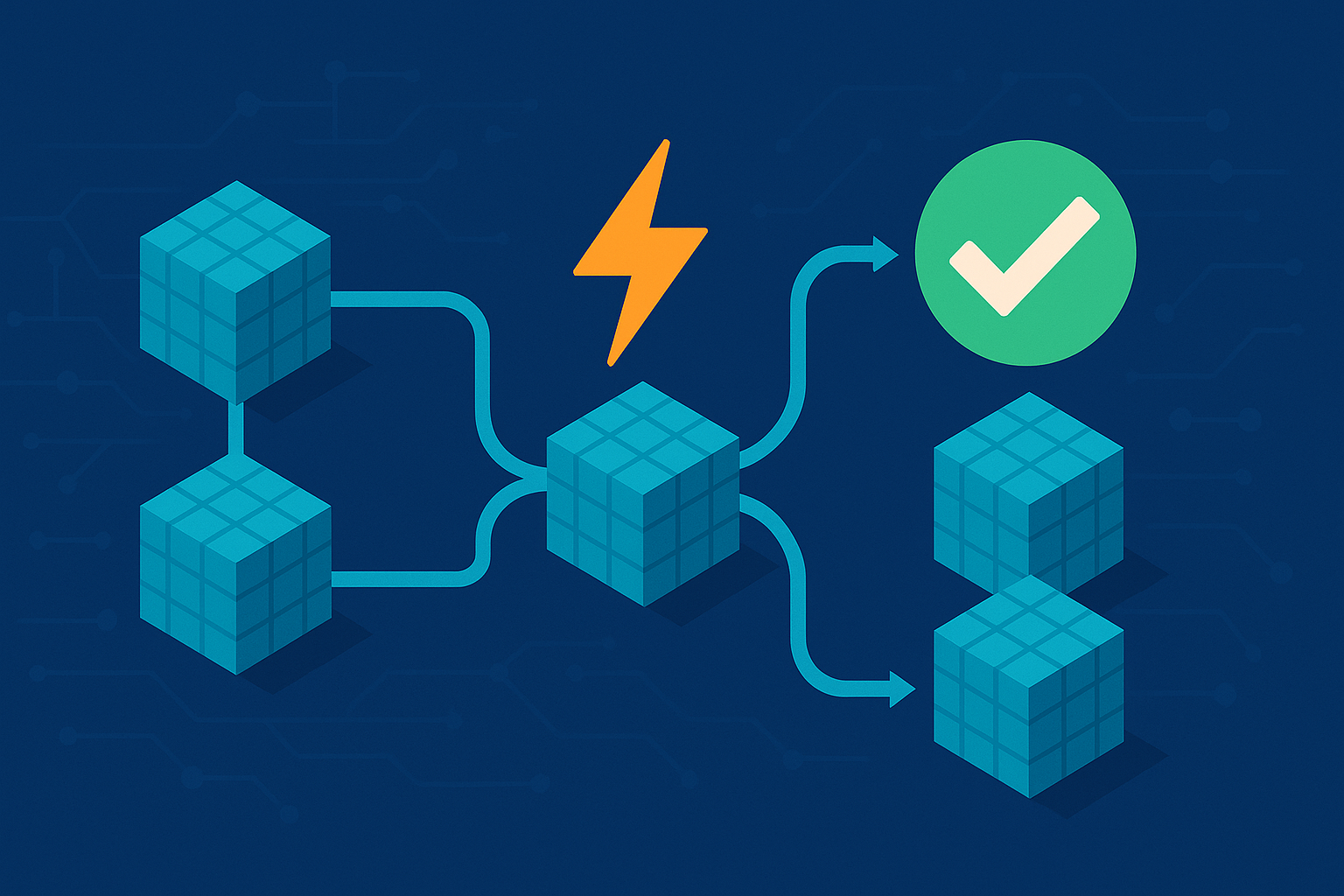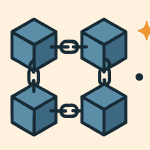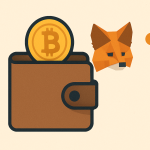If you’re exploring cryptocurrency and blockchain, you may have heard the word “fork.” But what does it really mean?
In this beginner-friendly article, we’ll explain what forks are, why they happen, and the difference between hard forks and soft forks in simple terms.
Contents
What Is a Fork in Blockchain?
A fork in blockchain is like a change or upgrade to the rules of the blockchain’s code.
Imagine the blockchain is like a road. A fork happens when that road splits into two paths. This can happen when:
-
Developers update the software
-
The community disagrees on the future of the project
-
Security or new features are added
There are two main types of forks: hard forks and soft forks.
Why Do Forks Happen?
Forks happen for many reasons, such as:
-
Fixing bugs or security issues
-
Adding new features or upgrades
-
Changing the way the system works
-
Disagreements between developers or users
Some forks are planned and smooth. Others are the result of big disagreements in the community.
What Is a Hard Fork?
A hard fork is a permanent and major change to the blockchain rules. It creates a new version of the blockchain that is not compatible with the old one.
Key Points:
-
The old and new blockchains split into two
-
Users must upgrade their software to stay on the new chain
-
If not, they stay on the old chain and both can run separately
Example:
One of the most famous hard forks is Bitcoin Cash, which split from Bitcoin in 2017 due to disagreements about how to scale the network.
Now, Bitcoin and Bitcoin Cash are two different cryptocurrencies with their own blockchains.
What Is a Soft Fork?
A soft fork is a small, backward-compatible change to the blockchain rules. This means:
-
The new version still works with the old version
-
Only some users need to upgrade
-
The chain does not split (if enough users upgrade)
Example:
In 2021, Bitcoin had a soft fork called Taproot. It improved privacy and efficiency, but didn’t create a new coin or chain.
Soft forks are often used for upgrades and improvements without causing a split.
Hard Fork vs Soft Fork: Quick Comparison
| Feature | Hard Fork | Soft Fork |
|---|---|---|
| Type of change | Major (not backward compatible) | Minor (backward compatible) |
| Blockchain split? | Yes, two chains can exist | No, stays as one chain |
| New coin created? | Often, yes | No |
| Community impact | Can cause big disagreements | Usually agreed upon and smoother |
| Example | Bitcoin Cash (from Bitcoin) | Taproot upgrade (Bitcoin) |
What Happens to My Coins During a Fork?
If you hold coins on the original blockchain during a hard fork, you may receive new coins on the new chain as well. This depends on:
-
Whether the exchange or wallet you use supports the fork
-
The rules set by the new blockchain
In a soft fork, your coins usually stay the same, and there is no impact on your wallet.
Pro Tip:
Before any big fork, it’s a good idea to move your coins to a wallet you control (not an exchange) to be sure you’ll get any new tokens, if available.
Are Forks Good or Bad?
Forks are a natural part of blockchain evolution. They help:
-
Improve security
-
Add new features
-
Let communities choose different paths
However, too many forks or unplanned ones can cause confusion and harm trust in a project.
Final Thoughts
A fork in blockchain is simply a change in the network’s rules. It can lead to:
-
A better version of the same chain (soft fork), or
-
A completely new and separate chain (hard fork)
Understanding forks helps you see how blockchain technology grows and how communities make important decisions.
Whether you’re holding coins or just learning, knowing the difference between hard forks and soft forks gives you a better grip on how crypto works.




